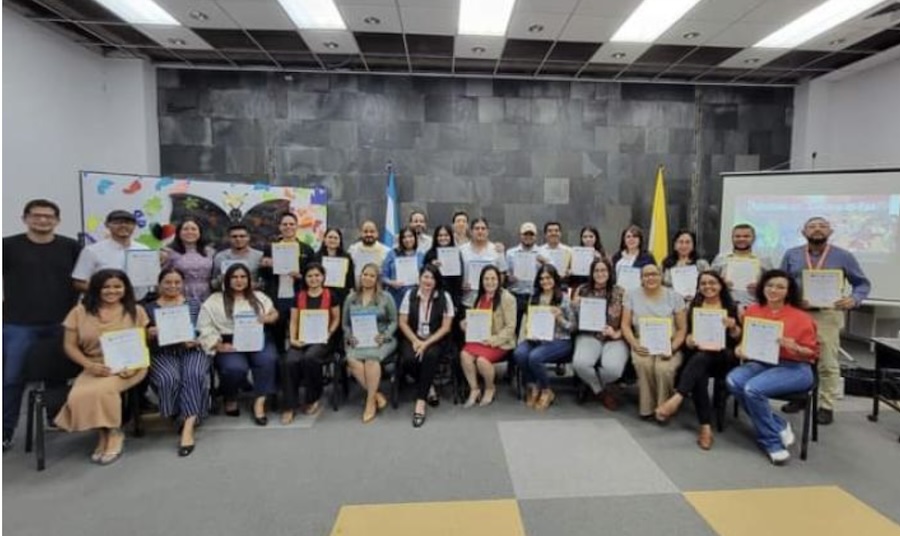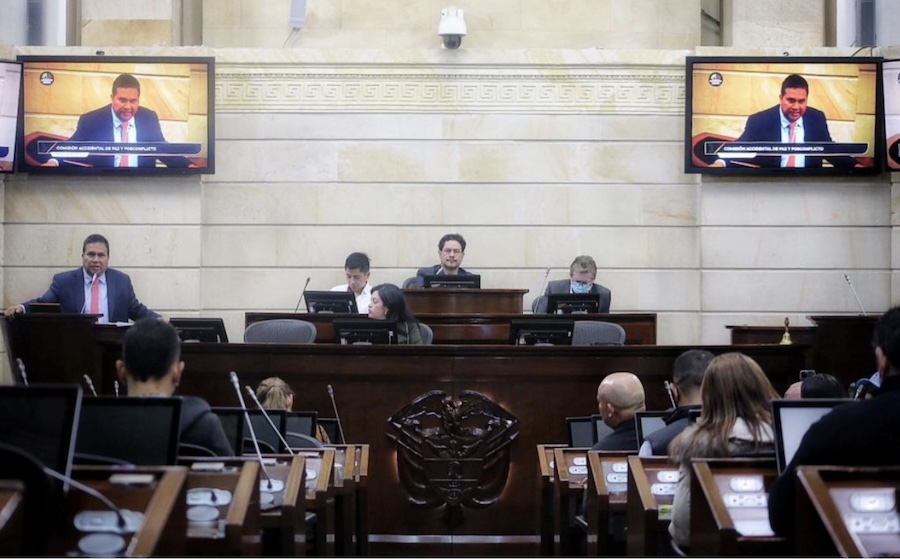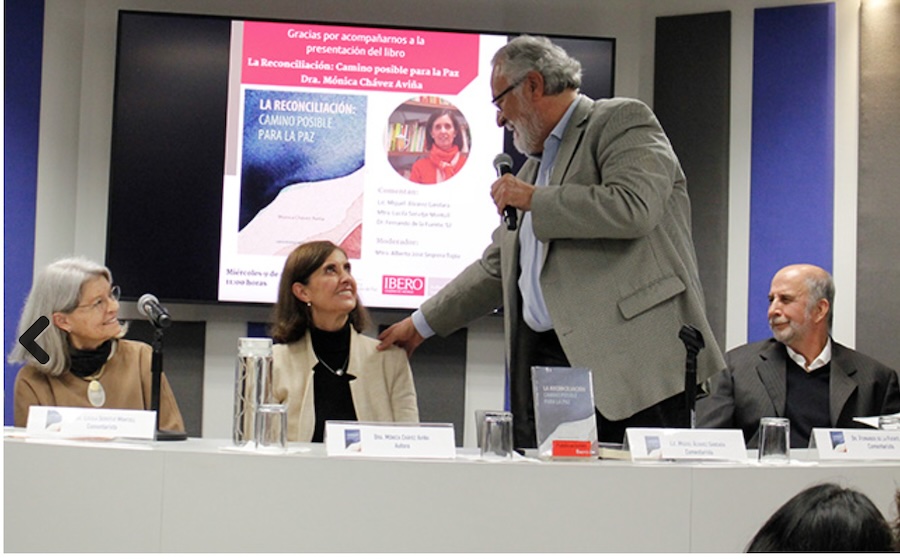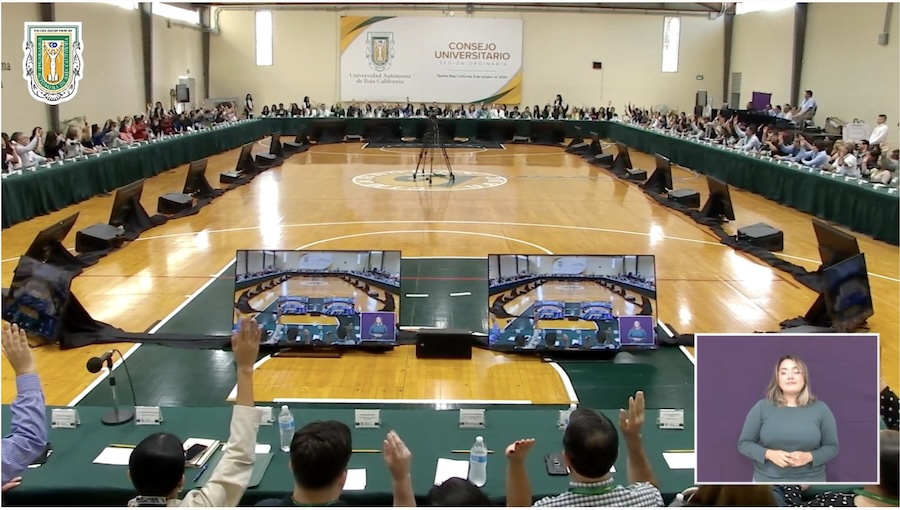. . HUMAN RIGHTS . .
An article from the Timeline Daily
“They fight on because they know that one day—From the river to the sea Palestine will be Free. It will. Keep your eye on your calendar. Not on your clock. That’s how the people – not the generals – the people fighting for their liberation measure time,” asserts Arundhati Roy, the noted Indian author and activist, during her PEN Pinter Prize acceptance speech delivered on October 10 at the British Library.
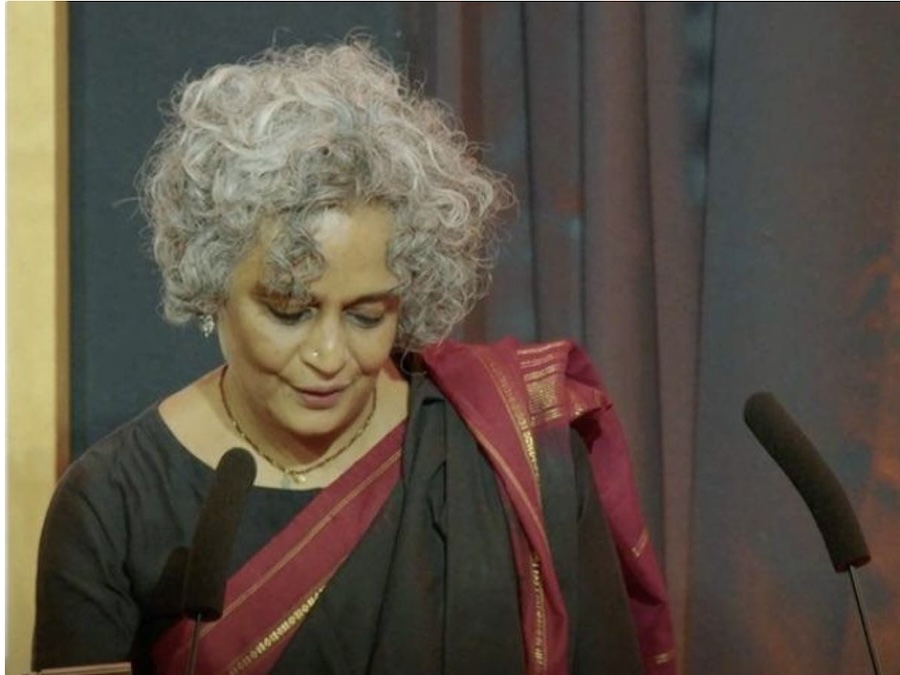
After announcing her name for the prize that English PEN established as an annual award in honor of playwright Harold Pinter, Roy declared her share of the prize money will be donated to the Palestinian Children’s Relief Fund.
During her award acceptance speech after he thanked the members of English PEN and the jury for the Prize, Roy began by greeting Egyptian author and activist, Alaa Abd El-Fattah, writer of courage, and her fellow awardee. She said she was speaking of her friends and comrades in prison in India—lawyers, academics, students, journalists – Umar Khalid, Gulfisha Fatima, Khalid Saifi, Sharjeel Imam, Rona Wilson, Surendra Gadling, Mahesh Raut we well as thousands of incarcerated people in Kashmir and across the country.
Speaking about the ongoing Israeli offensive in Gaza, the Indian author said the US and Israel unflinching ongoing “televised genocide in Gaza and now Lebanon in defence of a colonial occupation and an Apartheid state”
Describing the fatalities of over 42000 lives including women and children, Roy stated the US and Europe have prepared the ground for another situation to assuage their collective guilt for their early years of indifference towards one genocide—the Nazi extermination of millions of European Jews.
“Hostilities could end right this minute. Israeli hostages could be freed, and Palestinian prisoners could be released. The negotiations with Hamas and the other Palestinian stakeholders that must inevitably follow the war could instead take place now and prevent the suffering of millions of people,” she affirmed.
The Indian author goes on saying that like every state that has carried out ethnic cleansing and genocide in history, “Zionists in Israel – who believe themselves to be “the chosen people”—began b by dehumanising Palestinians” before driving them off their land and murdering them.
Roy quoted statements of former Israeli ministers to show how the Jewish state treated Palestinians as a justification to dehumanise them. Former Israeli Prime Minister Menachem Begin called Palestinians ‘two-legged beasts’. Yitzhak Rabin called them ‘grasshoppers’ who ‘could be crushed’. Golda Meir, the fourth Prime Minister of Israel said ‘There was no such thing as Palestinians’.
(continued in right column)
Presenting the Palestinian side of the Middle East, Is it important for a culture of peace?
Where in the world can we find good leadership today?
(continued from left column).
Former British Prime Minister Winston Churchill, the so-called famous warrior against fascism, said, ‘I do not admit that the dog in the manger has the final right to the manger, even though he may have lain there for a very long time’ and then went on to declare that a ‘higher race’ had the final right to the manger. Once those two-legged beasts, grasshoppers, dogs and non-existent people were murdered, ethnically cleansed, and ghettoised, a new country was born, Roy said, quoting the zionists and their supporters
Roy went on how the West and their media support, arm, applaud Israel, despite floods of evidence for Israeli brutalities. “No wonder Israeli soldiers seem to have lost all sense of decency,” she says, adding that for them the history only began when the Hamas attack Israel on October 7, killing Israeli civilians, triggering the ongoing genocidal war.
“I refuse to play the condemnation game. Let me make myself clear. I do not tell oppressed people how to resist their oppression or who their allies should be,” Roy says. Noting that when US President Joe Biden met with Prime Minister Benjamin Netanyahu and the Israeli war cabinet during a visit to Israel in October 2023, he said, ‘I don’t believe you have to be a Jew to be a Zionist, and I am a Zionist,’ Roy says she is not going to declare myself or define myself in any way that is narrower than her writing.
The celebrated Indian writer then poses some questions; I ask you, which of us sitting in this hall would willingly submit to the indignity that Palestinians in Gaza and the West Bank have been subjected to for decades? What peaceful means have the Palestinian people not tried? What compromise have they not accepted—other than the one that requires them to crawl on their knees and eat dirt?
Roy then asserts Israel is not fighting a war of self-defence. “It is fighting a war of aggression. A war to occupy more territory, to strengthen its Apartheid apparatus and tighten its control on Palestinian people and the region.”
Roy says not all the power and money, weapons and propaganda on earth can any longer hide the wound that is Palestine. She notes the polls to shows that majority of the citizens in the countries whose governments enable the Israeli genocide have made it clear that they do not agree with their government’s support to the Zionist atrocities, including a younger generation of Jews. She cites increasing number of protest in the Europe against Israeli aggression in Gaza.
“The war that has now begun will be terrible. But it will eventually dismantle Israeli Apartheid. The whole world will be far safer for everyone – including for Jewish people – and far more just. It will be like pulling an arrow from our wounded heart,” the award winning author said, underscoring that the war could stop today if the US government withdrew its support of Israel.
“When Benjamin Netanyahu holds up a map of the Middle East in which Palestine has been erased and Israel stretches from the river to the sea, he is applauded as a visionary who is working to realize the dream of a Jewish homeland. But when Palestinians and their supporters chant ‘From the river to the sea, Palestine will be free’, they are accused of explicitly calling for the genocide of Jews,” Roy said.
The PEN Prize awardee concluded her speech expressing her conviction that From the river to the sea Palestine will be Free.
– – – – – –
If you wish to make a comment on this article, you may write to coordinator@cpnn-world.org with the title “Comment on (name of article)” and we will put your comment on line. Because of the flood of spam, we have discontinued the direct application of comments.



